Which Microscope Has Highest Magnification ?
The electron microscope has the highest magnification among all types of microscopes. It uses a beam of electrons instead of light to magnify the specimen, allowing for much higher resolution and magnification. The maximum magnification of an electron microscope can reach up to 10 million times, which is much higher than the maximum magnification of a light microscope, which is around 2000 times. Electron microscopes are commonly used in scientific research, particularly in the fields of biology, materials science, and nanotechnology.
1、 Electron Microscope
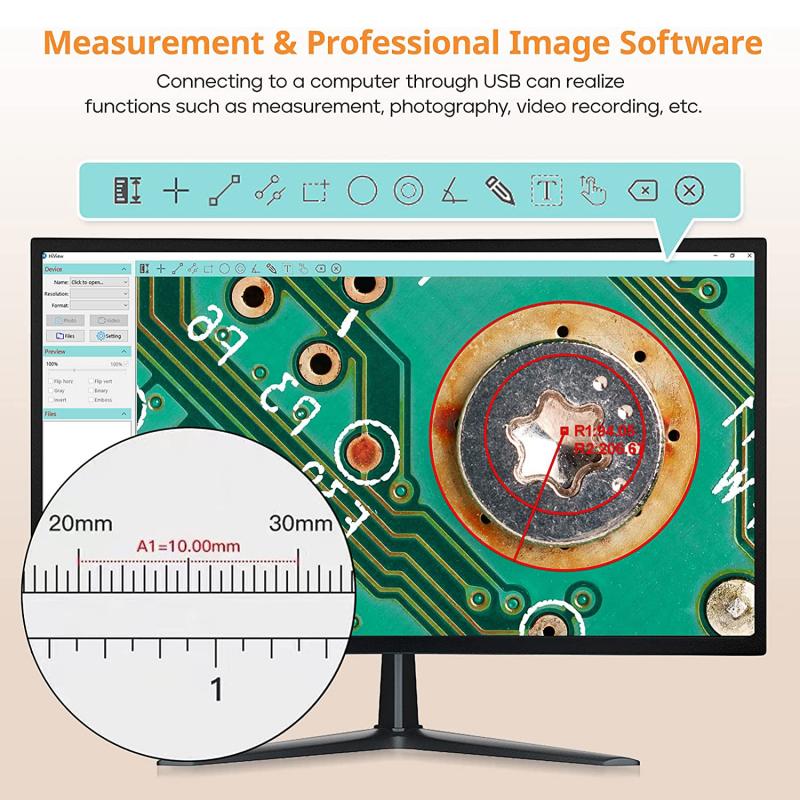
The electron microscope has the highest magnification among all types of microscopes. It uses a beam of electrons instead of light to produce an image of the specimen. The electron microscope can magnify objects up to 10 million times, which is much higher than the magnification of a light microscope, which can only magnify up to 2000 times.
The electron microscope has revolutionized the field of microscopy, allowing scientists to study the structure of cells and tissues in much greater detail than ever before. It has also enabled researchers to study the structure of molecules and atoms, which is not possible with a light microscope.
There are two types of electron microscopes: transmission electron microscope (TEM) and scanning electron microscope (SEM). The TEM uses a thin section of the specimen and passes electrons through it to produce an image. The SEM, on the other hand, scans the surface of the specimen with a beam of electrons to produce a 3D image.
In recent years, advancements in electron microscopy have led to the development of cryo-electron microscopy (cryo-EM), which allows scientists to study biological molecules in their natural state. Cryo-EM has become an essential tool in the field of structural biology, enabling researchers to study the structure of proteins and other biomolecules at atomic resolution.
In conclusion, the electron microscope has the highest magnification among all types of microscopes, and its advancements have led to significant breakthroughs in various fields of science.
2、 Scanning Electron Microscope

The Scanning Electron Microscope (SEM) is a type of electron microscope that uses a focused beam of electrons to create high-resolution images of the surface of a sample. The SEM has the highest magnification of any microscope, with the ability to magnify objects up to 500,000 times their original size.
The SEM has revolutionized the field of microscopy, allowing scientists to study the structure and composition of materials at the nanoscale level. It has become an essential tool in many fields, including materials science, biology, and engineering.
In recent years, advancements in SEM technology have further improved its capabilities. For example, the introduction of field emission SEMs (FE-SEMs) has allowed for even higher resolution imaging, with the ability to resolve features as small as 0.4 nanometers.
Additionally, the development of environmental SEMs (ESEM) has allowed for the imaging of samples in their natural state, without the need for extensive sample preparation. This has opened up new avenues of research in fields such as biology and environmental science.
Overall, the SEM remains the microscope with the highest magnification and continues to be a critical tool in scientific research. With ongoing advancements in technology, it is likely that the capabilities of the SEM will continue to improve, further expanding its applications in various fields.
3、 Transmission Electron Microscope

The Transmission Electron Microscope (TEM) is considered to have the highest magnification among all types of microscopes. It uses a beam of electrons to create an image of the specimen, which allows for a much higher resolution than traditional light microscopes. The magnification of a TEM can range from 50,000x to over 1,000,000x, depending on the specific instrument and the type of sample being examined.
In recent years, there have been advancements in other types of microscopes, such as the Scanning Electron Microscope (SEM) and the Atomic Force Microscope (AFM), which have also achieved high magnification levels. However, the TEM remains the most widely used and versatile microscope for studying the structure and properties of materials at the nanoscale.
One of the key advantages of the TEM is its ability to provide detailed information about the internal structure of a sample, including its crystal structure, defects, and composition. This makes it an essential tool for materials science, nanotechnology, and biological research.
In conclusion, the Transmission Electron Microscope is widely regarded as having the highest magnification among all types of microscopes. While other types of microscopes have also achieved high magnification levels, the TEM remains the most versatile and widely used instrument for studying the nanoscale structure and properties of materials.
4、 Atomic Force Microscope

The Atomic Force Microscope (AFM) is a type of scanning probe microscope that has the highest magnification among all microscopes. It is capable of producing images with a resolution of a few nanometers, which is much higher than the resolution of other microscopes such as the optical microscope and electron microscope.
The AFM works by scanning a sharp tip over the surface of a sample, and measuring the forces between the tip and the sample. These forces are used to create a three-dimensional image of the sample surface. The AFM can also be used to measure the mechanical properties of the sample, such as its stiffness and elasticity.
The AFM has revolutionized the field of nanotechnology, allowing scientists to study and manipulate materials at the atomic and molecular level. It has applications in a wide range of fields, including materials science, biology, and electronics.
In recent years, there have been advances in AFM technology that have further increased its resolution and capabilities. For example, high-speed AFM allows for the imaging of dynamic processes in real-time, while AFM-based nanolithography can be used to create nanostructures with high precision.
Overall, the Atomic Force Microscope is the microscope with the highest magnification, and its continued development and application will undoubtedly lead to further breakthroughs in nanoscience and technology.










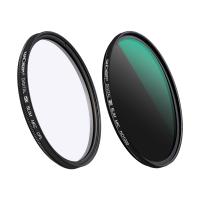








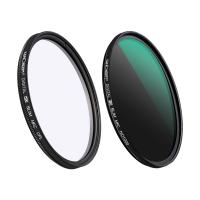


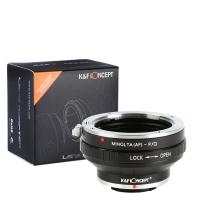

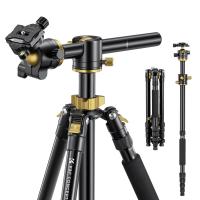





There are no comments for this blog.